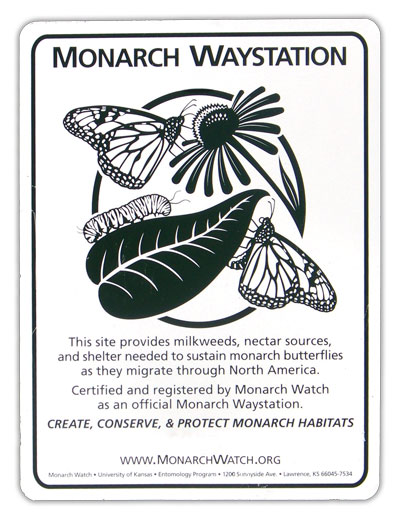All over the country, including right here in Tug Hill, monarch butterflies have had it rough. As many as 11 million may have died this past spring due to freak weather and millions of others have perished due to loss of habitat both in this country and Mexico; extreme storms have battered them during their yearly migration.
 Now considered an imperiled butterfly, the monarch is more than a beautiful flash of orange in the sky; it’s an important pollinator. With its survival in question youth and adults alike are taking action and planting the monarch’s main food source—milkweed—across the country.
Now considered an imperiled butterfly, the monarch is more than a beautiful flash of orange in the sky; it’s an important pollinator. With its survival in question youth and adults alike are taking action and planting the monarch’s main food source—milkweed—across the country.
Locally, the Thompson Park Zoo Teens are playing a part in this revival too. The teens are part of an enrichment program held every summer at the zoo to provide opportunities to explore animal and natural sciences.
This summer they took on the challenge of creating new habitat for the monarch at the Joseph A. Blake Wildlife Sanctuary located in Rutland, New York, leaving behind textbooks and memorization to get a taste of what science, land restoration, and wildlife habitat fieldwork might be
like in college.
Their hard work will ensure a new patch of milkweed for next year’s butterflies. For a butterfly that crosses hundreds of miles, and cycles through several generations before returning stateside, an extra patch of milkweed is more than a welcome treat—it can mean survival.
This collective effort, one patch at a time, across the country is starting to show hopeful results. For the first time in a long time, monarch numbers are on the uptick instead of steadily decreasing according to the non-profit Monarch Watch.
Donated to the Tug Hill Tomorrow Land Trust by the North Country Bird Club a number of years ago, the Joseph Blake Wildlife Sanctuary has become a favorite place to hike, spend time with family and friends, learn about birds and wildlife. …and now it provides critical habitat to vulnerable butterflies.

